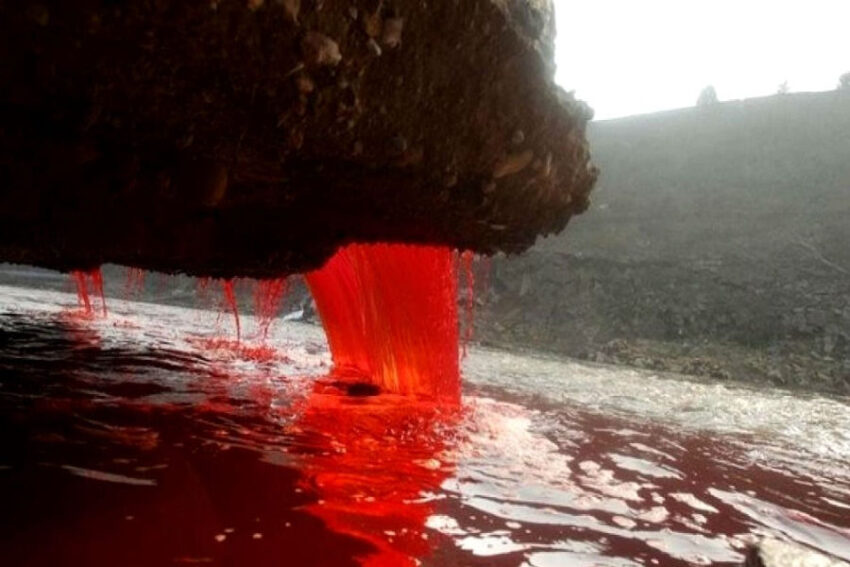Table of Contents
13 Bizarre Goings-On in Antarctica
Antarctica, the Earth’s southernmost continent, is a land of extremes and mysteries. Despite its harsh conditions and remote location, this icy wilderness is home to some of the planet’s most extraordinary and enigmatic phenomena. Here are 13 bizarre goings-on in Antarctica that highlight the unique and fascinating aspects of this frozen land.
1. Blood Falls
Blood Falls is a striking red waterfall flowing from Taylor Glacier onto the ice-covered surface of West Lake Bonney. The crimson color comes from iron-rich, hypersaline water, which oxidizes upon exposure to air, creating the appearance of flowing blood.
2. Lake Vostok
Lake Vostok is a subglacial lake buried beneath nearly 4 kilometers of ice. Isolated for millions of years, its waters may harbor unique microbial life, offering a glimpse into the planet’s past and potential for life in extreme environments.
3. Antarctic Ozone Hole
Discovered in the 1980s, the Antarctic ozone hole is a seasonal depletion of the ozone layer above the continent. This phenomenon, primarily caused by human-made chemicals, has significant implications for global climate and health.
4. Gamburtsev Mountain Range
Beneath the ice lies the Gamburtsev Mountain Range, a massive, hidden range comparable in size to the European Alps. Discovered through seismic surveys, its origins and geology remain largely unexplored.
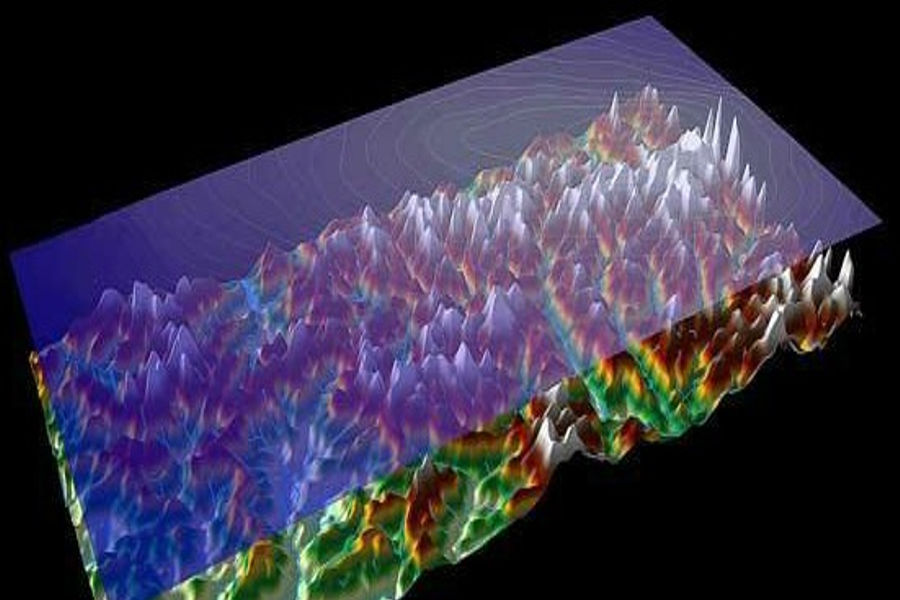
5. Dry Valleys
Antarctica’s Dry Valleys are one of the driest places on Earth, with some areas receiving no precipitation for over 2 million years. These valleys provide a unique environment for studying extremophiles and Mars-like conditions.
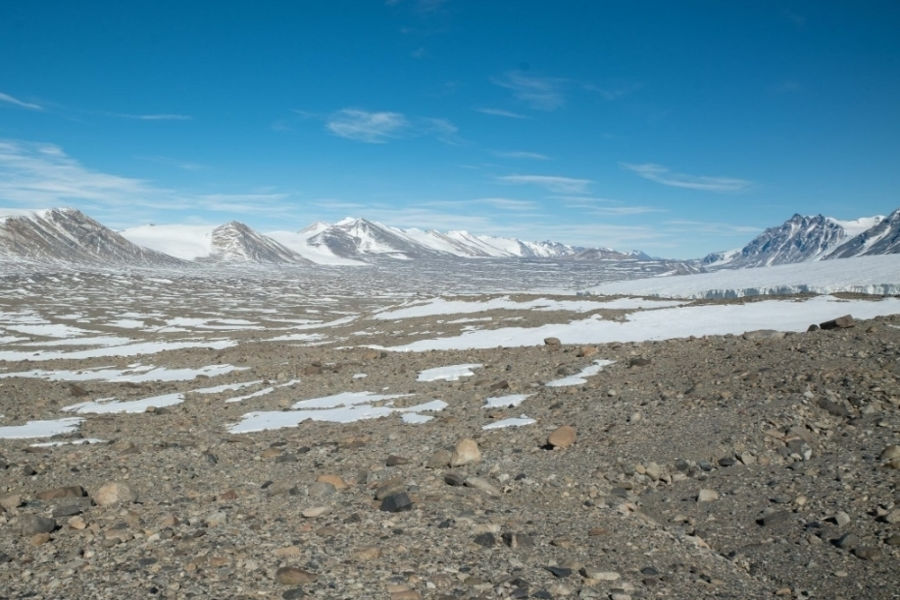
6. Antarctic Meteorites
Antarctica is a prime location for finding meteorites due to its icy surface, which preserves these space rocks. The continent’s unique conditions have yielded thousands of meteorite discoveries, offering insights into the solar system’s history.
7. Mount Erebus
Mount Erebus is the southernmost active volcano on Earth, located on Ross Island. It features a persistent lava lake and produces frequent eruptions, making it a significant site for volcanic research.
8. South Pole Station
The Amundsen-Scott South Pole Station, located at the Earth’s southernmost point, serves as a research hub for scientists studying astronomy, climate, and glaciology. Its remote location and extreme conditions make it one of the most unique scientific outposts.
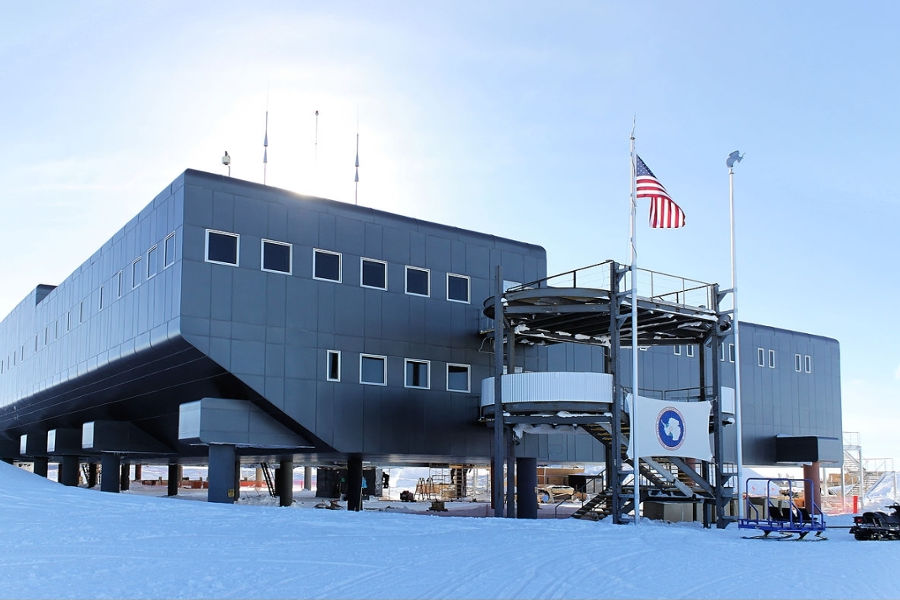
9. Iceberg B-15
Iceberg B-15, the largest iceberg ever recorded, calved from the Ross Ice Shelf in 2000. Measuring about 295 kilometers long and 37 kilometers wide, it has since broken into smaller pieces, some of which still drift in the Southern Ocean.
10. Strange Ice Formations
Antarctica’s ice can take on bizarre forms, such as blue ice, which forms when snow layers compress and expel air bubbles, creating a dense, vivid blue ice. These formations can reveal ancient climate data trapped within the ice.
11. Subglacial Life
In addition to Lake Vostok, other subglacial lakes and ecosystems exist beneath the ice. These environments, isolated for millions of years, may host unique life forms adapted to extreme conditions.
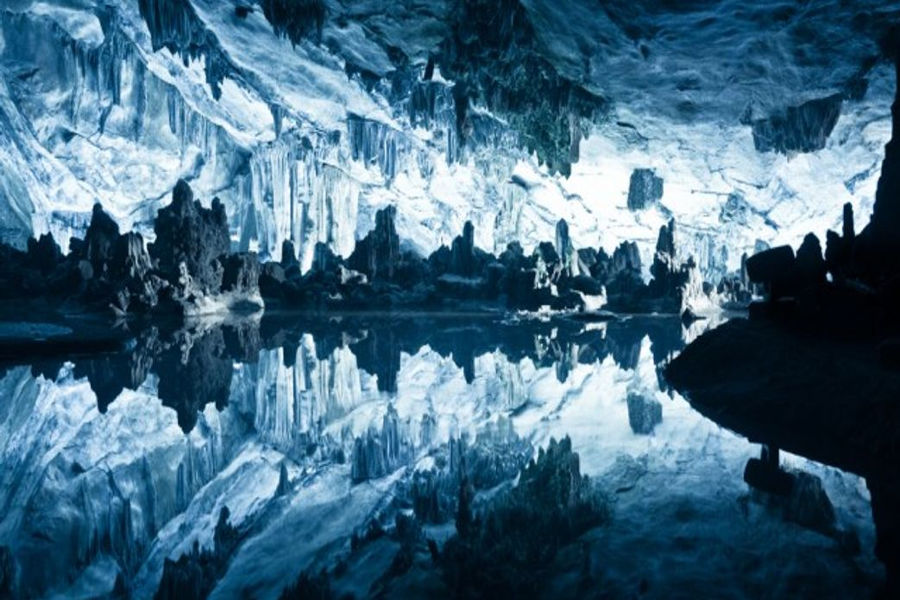
12. Wilkes Land Anomaly
A massive gravitational anomaly discovered beneath Wilkes Land suggests the presence of a large impact crater, possibly caused by an asteroid impact. This finding has sparked speculation about its role in past mass extinction events.
13. Icequakes
Antarctica experiences icequakes and seismic events caused by the movement and fracturing of ice. These quakes can provide valuable information about ice dynamics and the stability of ice shelves.
Conclusion
Antarctica is more than just an icy wilderness; it’s a continent full of remarkable mysteries and scientific wonders. From blood-red waterfalls that hint at ancient, iron-rich waters to hidden mountain ranges and subglacial lakes teeming with possible unknown life forms, these bizarre phenomena challenge our understanding of the planet. The secrets buried deep within Antarctica’s ice sheets continue to fascinate scientists and explorers alike, offering glimpses into Earth’s past and clues to its future. As research in this remote region continues, we can only imagine what other strange and astounding discoveries await beneath the frozen expanse of the South Pole.
Have you Seen:
